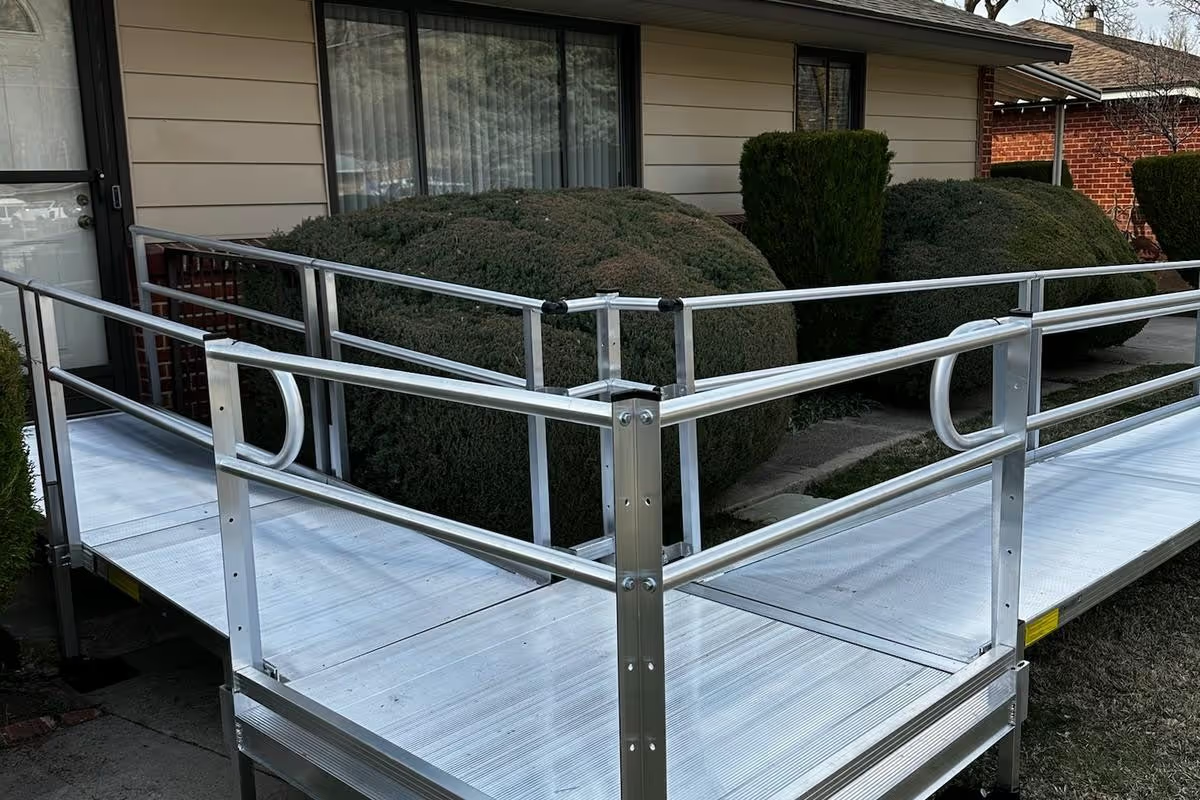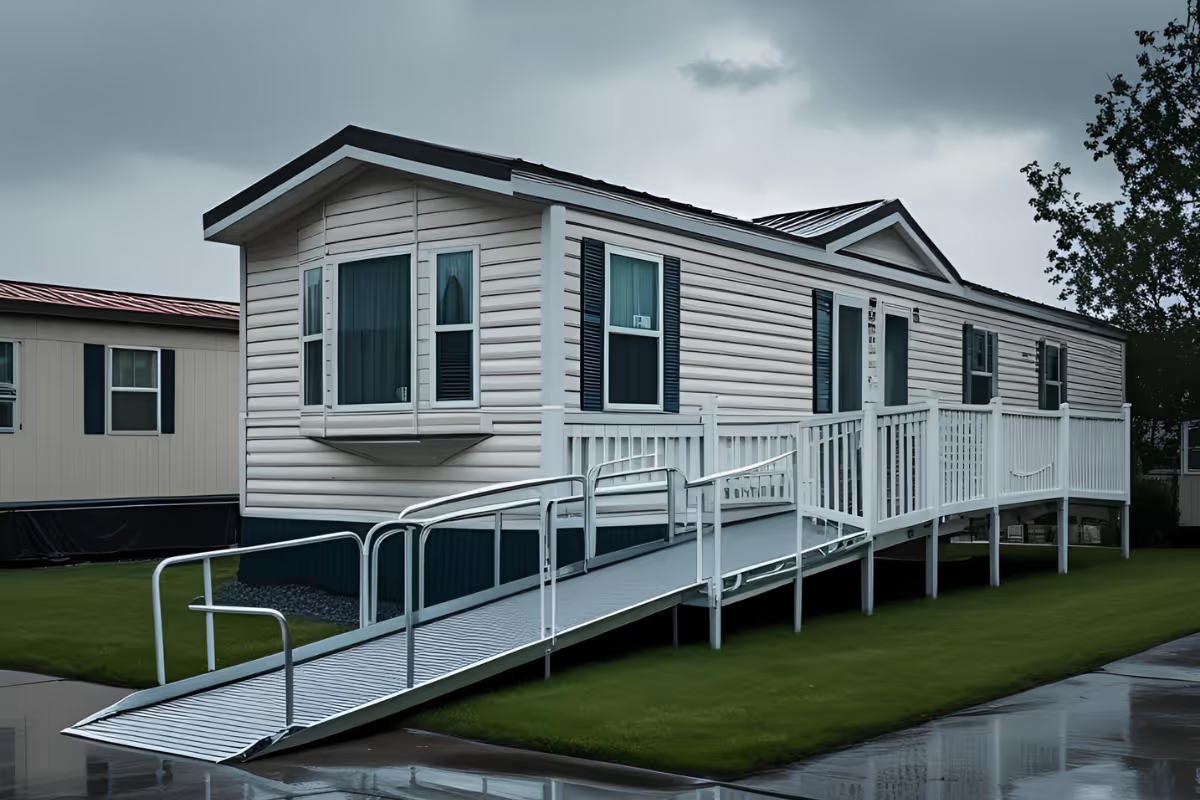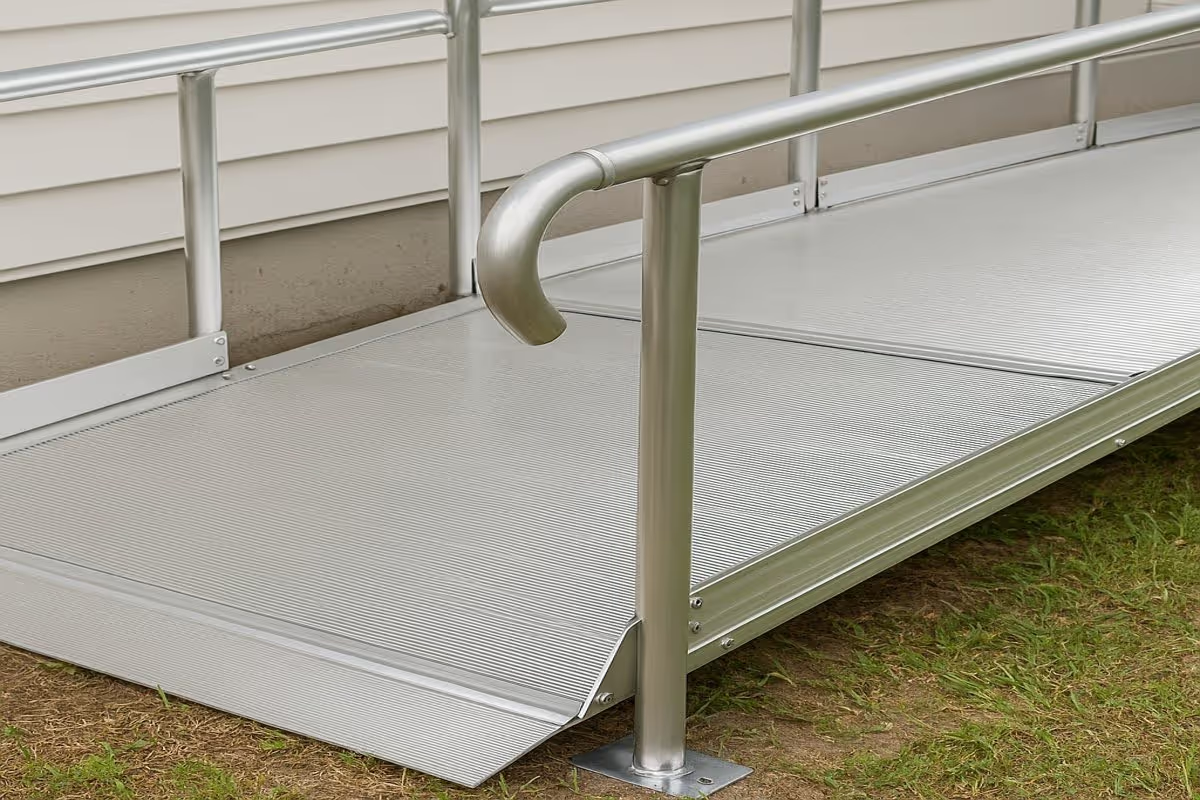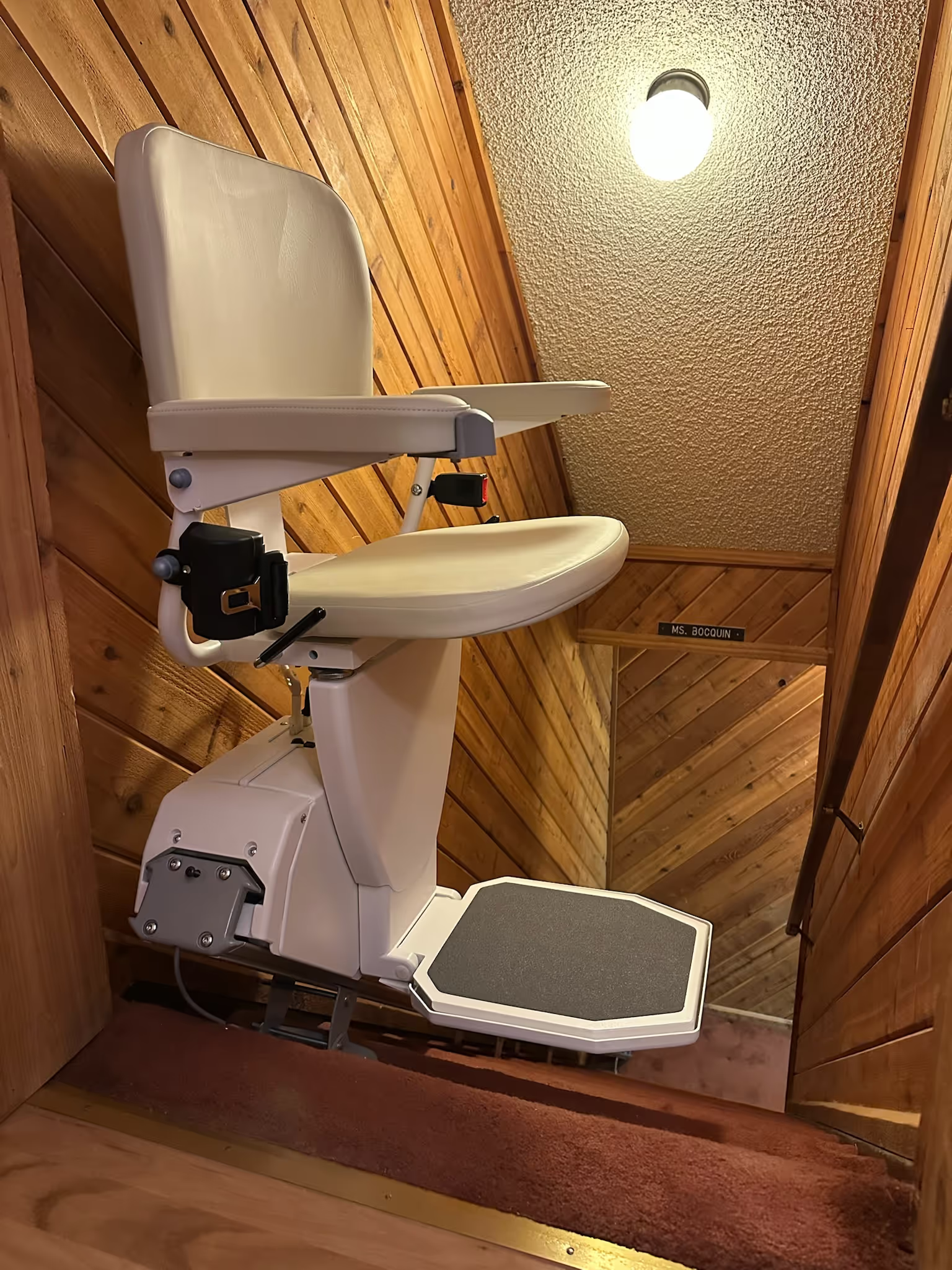Meeting Requirements for ADA Accessibility at Your Restaurant

Meeting Requirements for ADA Accessibility at Your Restaurant
Improving the ADA accessibility of your business to accommodate disabled or differently abled patrons has been the norm in the US since 1990, but dining at restaurants is still not an easy task for some individuals in wheelchairs. Updates to the law made as recently as 2010 specified that commercial facilities must accommodate disabled employees, if any, while facilities that serve the public must meet ADA standards. This particularly involves restaurants, which have notoriously been out of compliance.
Upgrading a restaurant to make it compliant with the law can involve exterior and interior changes to improve accessibility to the building itself and make navigating the inside manageable.
Improving ADA Accessibility for Restaurant Entrances
Getting into the restaurant can be difficult for a person in a wheelchair or who has mobility issues. For a ground-floor restaurant, creating accessibility may mean having cutout curbs, ramps, or lifts to help the person get into the restaurant and obtain seating. At least one entrance to the restaurant should be easy to maneuver for those in a wheelchair and meet ADA width requirements for passage and turning the wheelchair. For an establishment located on an upper or lower level, the owner should take steps to install an elevator, if feasible, or make the food accessible through curbside service or home delivery at no charge.
Interior Improvements
Busy restaurants are often crowded spaces, with tables arranged to allow for the greatest seating capacity, while allowing enough space for the wait staff to serve the food and permit quick exit in case of a fire. To ensure equal access to service, they must accommodate wheelchair patrons by taking the following steps:
- While not bound to make every table easily accessible for those in wheelchairs, they must offer accessible tables throughout the restaurant that a wheelchair-bound person can reach and have enough room to maneuver their chair.
- If they will remain seated in their chair during the meal, the table must be between 28-34”. The staff should be willing to move the wheelchair out of the way if the patron transfers onto a restaurant chair.
- Restaurants with fixed seating must have 20% of tables with movable chairs to accommodate patrons in wheelchairs. Ideally, these tables should be spread around the restaurant, but at the very least, there should be tables with movable chairs near the service counter and near entrances.
Accessible Restrooms
An establishment must also have accessible restrooms with doors wide enough to accommodate wheelchairs, with no obstacles such as vending machines or changing stations that block the way, and with at least one stall large enough for wheelchair maneuverability. The area should also have grab bars at the back and side of the toilet and have a raised toilet seat. At least one sink should be the right height to accommodate someone in a wheelchair.
Restaurants that fail to make accommodations for potential patrons with mobility issues, risk running afoul of the law and open themselves up to lawsuits. Smart restaurant owners work with a contractor such as Western Stair Lifts, who has experience in modifying spaces to meet ADA accessibility requirements.
.svg)





